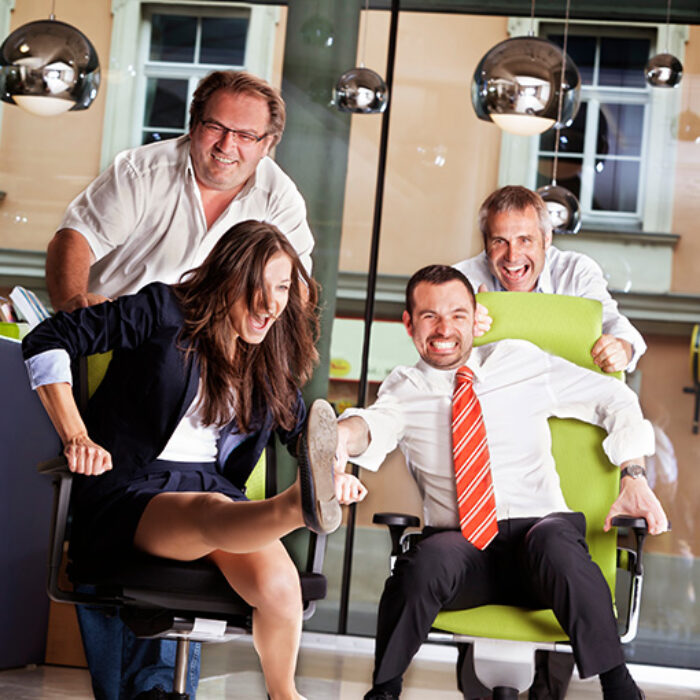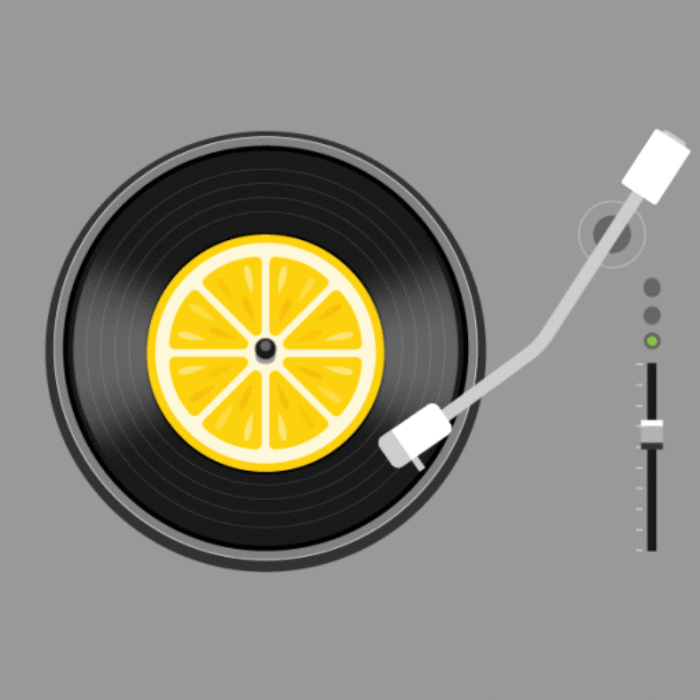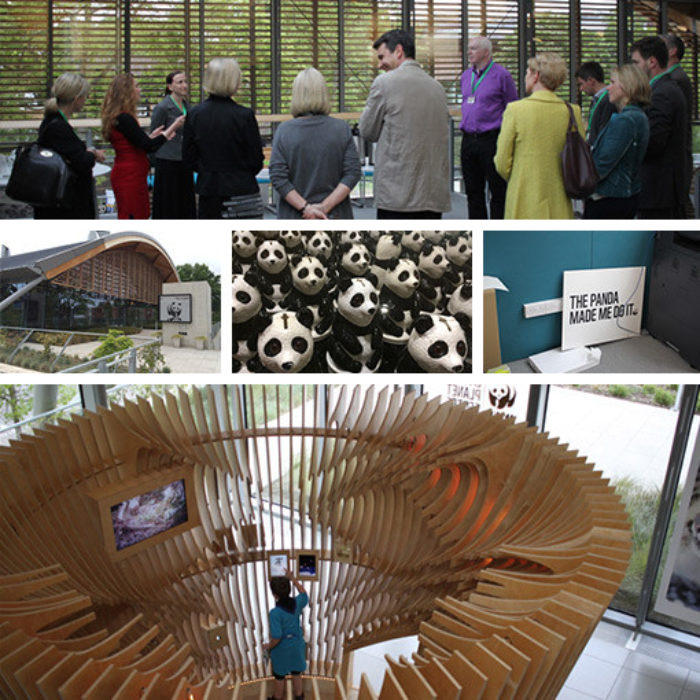Become an innovator (part 13): Take time to reflect
This blog series explores the shared characteristics of innovative people and organisations, with a particular focus on what innovators think, feel, believe and do. We’re also looking at how we can all do more to encourage and create innovative workplace cultures.
The lucky 13th characteristic shared by all those with a spirit of innovation is to simply take time to reflect, and do nothing for a while.
“If you don’t have a dream,
how you gonna have a dream come true?”
‘Happy Talk’, from Rodgers and Hammerstein’s ‘South Pacific’
Daydream believer
Have you ever had a great idea in your sleep, in the shower or when out for a walk? Of course you have. It’s one of the magical habits of innovators. Some of the best innovations emerge from (seemingly) doing nothing.
One reason for this is that the brain has a ‘default mode’ of daydreaming that uses 20% of our calories even when apparently doing nothing. This mode, focused in the medial prefrontal cortex, doesn’t just make unconscious connections; it creates a narrative for our lives, incorporating our lessons from the past into our plans for the future1.
“Often the best way to solve a problem is to not focus,” says Jennifer Wiley, Professor of Psychology, University of Illinois at Chicago2. The thinking is that a wandering mind loosens the ties of our brain’s executive control.
Simply doing nothing
So, can you deliberately seek this state of doing nothing? Sure. In at least five ways:
- Go for a walk: A whole bunch of creative people apparently found walking encouraged creativity, including Beethoven, Nietzsche and Steve Jobs. Research by Stanford University found that the act of walking was more important than the surroundings3. In other research (conducted by Adam Galinsky at Northwestern University, Chicago and William Maddux of INSEAD), exploring somewhere new was seen to trigger great ideas4.
- Let your eyes seek patterns: In the words of Leonardo da Vinci: “It should not be hard for you to stop sometimes and look into the stains of walls, or ashes of a fire, or clouds, or mud or like places, in which… you may find really marvellous ideas.”
- Meditate: Meditation might increase our ability to reach spaces in the brain normally hidden from the conscious mind, according to research by Dr Madelijn Strick of Utrecht University5.
- Listen to music: His studies of what happens when we have ‘Aha!’ moments have taken Joydeep Bhattacharya, Professor of Psychology at Goldsmith University, on a 25-year journey that includes understanding the role of music in influencing brainwaves, emotion and wellbeing.
- Just switch tasks: Switching tasks reduces fixation and can lead to making unsought connections. That’s according to cognitive scientists Henry Roediger and Mark McDaniel, and storyteller Peter Brown, the authors of ‘Make It Stick: The Science of Successful Learning’.
So, if you are struggling for ideas, just try doing nothing.
Learn more
This is part thirteen of a series of articles on the characteristics of innovative people and organisations. The next instalment is coming soon, but in the meantime you can explore the full set in detail, by downloading our free report Innovation for Everyone.
And if you want a chat about how to create a more innovative culture in your organisation, just drop me a line at john.drummond@corporateculture.co.uk
Sources:
- ‘Our restless minds’, New Scientist, December 5th, 2020
- New Scientist, June 16th, 2012
- The Times, May 2nd, 2014
- https://knowledge.insead.edu/leadership-organisations/how-to-stimulate-creativity-go-live-abroad-1542
- New Scientist, June 9th, 2012




